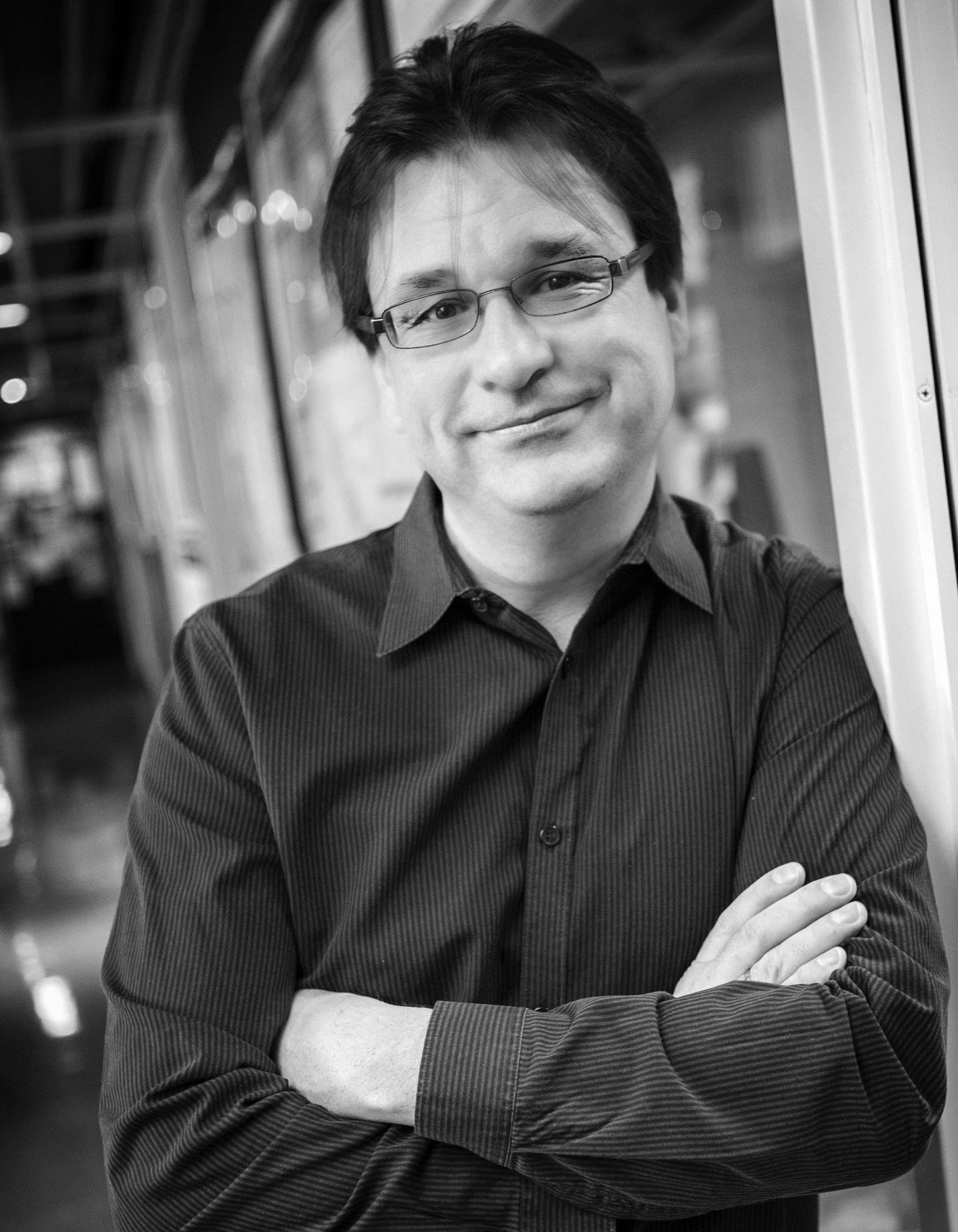Harvard has halted its long-planned atmospheric geoengineering experiment


But the project switched locations several times. Most recently, the team hoped to launch a balloon to test out the aircraft’s hardware from the Esrange Space Center in Kiruna, Sweden in the summer of 2021. But those plans were canceled on the recommendation of the project’s advisory committee, which determined the researchers should hold discussions with the public ahead of any flights. The effort was also heavily criticized by the Saami Council, which represents the indigenous Saami peoples’ groups in Sweden and neighboring regions, as well as environmental groups and other organizations, who argued it’s too dangerous a tool to use.

ELIZA GRINNELL, HARVARD SCHOOL OF ENGINEERING AND APPLIED SCIENCE
Solar geoengineering “is a technology that entails risks of catastrophic consequences, including the impact of uncontrolled termination, and irreversible sociopolitical effects that could compromise the world’s necessary efforts to achieve zero-carbon societies,” the group wrote in a letter to the advisory committee. “There are therefore no acceptable reasons for allowing the SCoPEx project to be conducted either in Sweden or elsewhere.”
When asked why he decided to stop work on the experiment, and if it had anything to do with the public pushback or delays, Keutsch replied via email that he “learned important lessons about governance and engagement throughout the course of this project.”
“The field of [solar radiation management] has undergone a significant transformation in the last few years, expanding the community and opening new doors for research and collaboration,” he added. “I felt that it was time to focus on other innovative research avenues in the incredibly important field of SRM that promise impactful results.”
Amid the delays to the Harvard project, other groups have forged ahead with their own geoengineering-related efforts. The controversial venture-backed startup, Make Sunsets, has repeatedly launched weather balloons filled with a few grams of sulfur dioxide that it claims likely burst in the stratosphere. Meanwhile, an independent researcher in the UK, Andrew Lockley, says he carried out several balloon launches, including a September 2022 flight that burst about 15 miles above the Earth and could have released around 400 grams of sulfur dioxide.
Despite the public controversy, the SCoPEx researchers earned high marks among some in the field for striving to carry out the field effort in a small-scale, controlled, transparent way, setting down clear research objectives and creating an independent advisory committee to review the proposals.
Gernot Wagner, a climate economist at Columbia Business School and the former executive director of Harvard’s Solar Geoengineering Research Program, said in an email that the cancellation of the project was “unfortunate,” as it had taken on larger significance in the field.
He stressed that the effort “widened the operating space for other, younger researchers to look into this important topic.” In addition, by publishing the plans in a peer-reviewed journal and operating transparently, the group “set a standard of sorts for responsible research in this area,” he added.




